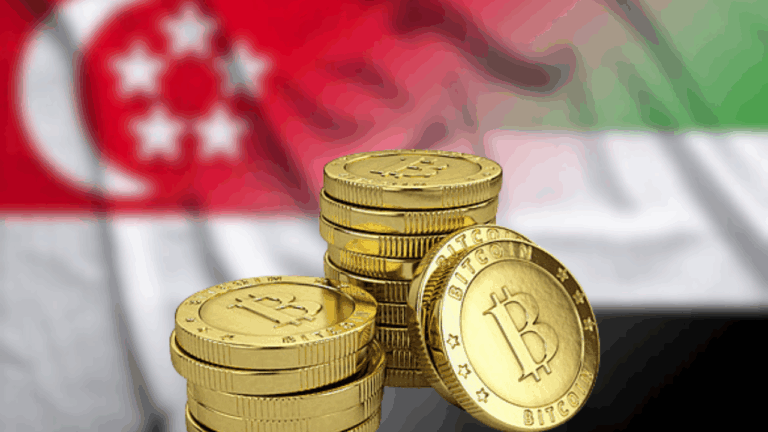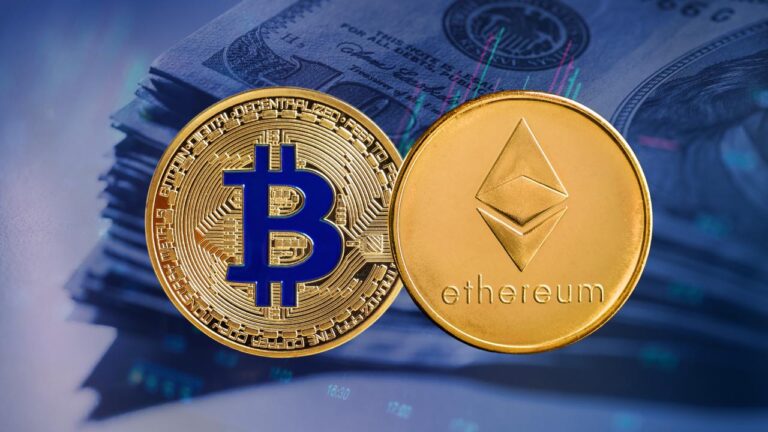WLFI announces buyback plan amid 58% decline in value

TL;DR Breakdown
- World Liberty Financial (WLFI) has announced a buyback and burn program designed to enhance the value of its token.
- The community has approved the program as WLFI pledges transparency for every burn.
- Decentralized finance platforms are now adopting different variations of the buyback and burn program.
World Liberty Financial (WLFI), the decentralized finance project linked to United States President Donald Trump and his family, is moving to stop a big market collapse after losing over 50% of its value in September. The project recently revealed a new program that would buy back and burn tokens.
According to its announcement, it is directing all liquidity fees to absorb selling pressure. In the statement released on blogging platform X, the company mentioned that the community has approved the plan, pledging full transparency for every burn. The urgency of the development showcases the steep losses registered by WLFI in the past few weeks. According to CoinMarketCap, WLFI is currently trading at $0.19, down from its September high of $0.46.
WLFI announces buyback and burn program amid decline
According to reports, WLFI has experienced huge losses over the last few weeks. Aside from its 58% drop in less than a week, its losses for the week stand at 12.85%, while its decline for the month is around 15.45%. This is not the first attempt at intervention that the project has carried out. Days after it launched, WLFI announced the burning of 47 million tokens on September 3 to counter a 31% sell-off, sending the tokens to a verified burn address.
For WLFI, the buyback and burn program represents a damage control measure and a test of its community’s faith in the project. While tokenomics adjustment is guaranteed to provide temporary relief, the project will need to do better to convince investors that it can stay even without interventions. According to its governance proposal, WLFI plans to use fees generated from its protocol-owned liquidity (POL) pools on BNB Chain, Ethereum, and Solana to repurchase tokens from the open market.
In the proposal, once tokens are bought back, they will be sent to a burn address, meaning that they will be permanently removed from circulation. The project mentioned that the system is trying to link supply reduction directly to platform growth. As trading activities increase, more liquidity fees are generated, which would in turn increase the quantity of buybacks and burns. This will create a feedback loop where adoption drives scarcity, and scarcity helps token value.
DeFi platforms adopt different variations of buyback programs
According to the project, this plan will only apply to protocols under its control. Community and third-party liquidity pools will remain unaffected, ensuring the mechanism doesn’t interfere with external ecosystem contributions. In its proposal, the team behind WLFI argued that the strategy aligns long-term holders with the project’s future by reducing supply and discouraging short-term speculations. With each burn, the stakes of committed investors are increased, reinforcing confidence in the project’s tokenomics.
In terms of transparency, the project has decided to boost its credibility by making sure that every buyback and burn will be verifiable on-chain and reported to the community in real time. Meanwhile, WLFI’s adoption of this new technique places it among the ambitious tokenomic models in the crypto industry. While the move is a response to its sharp price decline this month, the move also showcases a trend of DeFi protocols using revenue streams to cut supply and strengthen token value.
The model was also adopted by Hyperliquid. Nearly all the fees generated on its platform are funneled into automated $HYPE buybacks through its Assistance Fund, creating sustained demand. By the middle of 2025, the firm had repurchased more than 20 million tokens, with about 30 million held by Q3, worth over $1.5 billion. The consistency caused an increase in scarcity, cementing Hyperliquid’s dominance in decentralized derivatives. Other firms like Jupiter, Raydium, and Sky have also adopted varying versions of the program.






